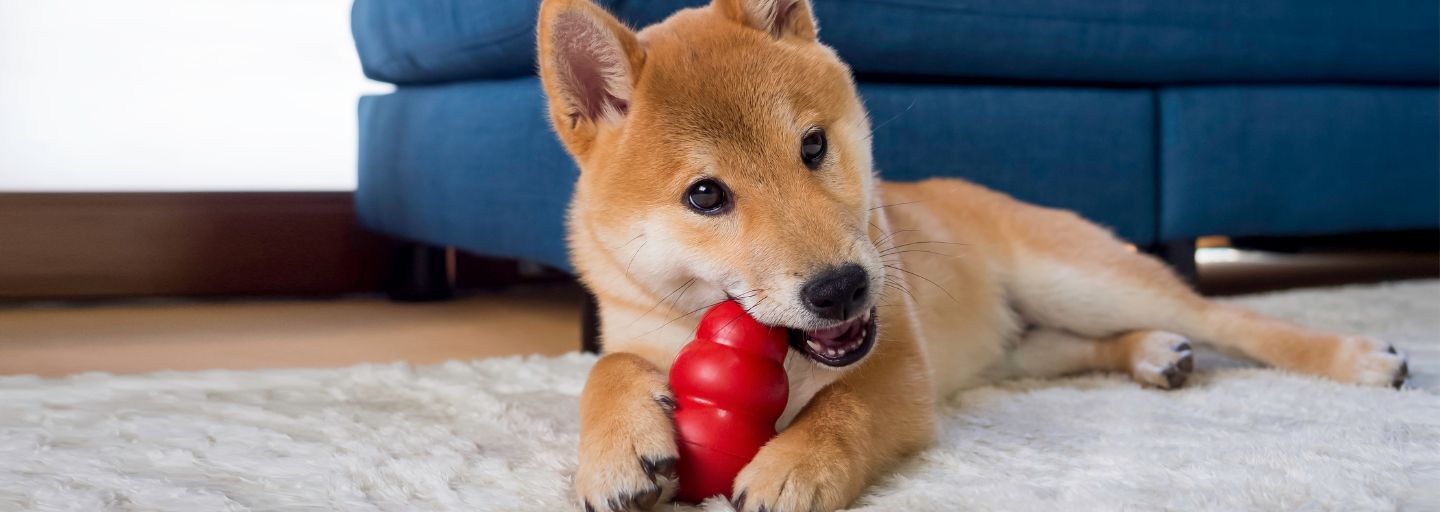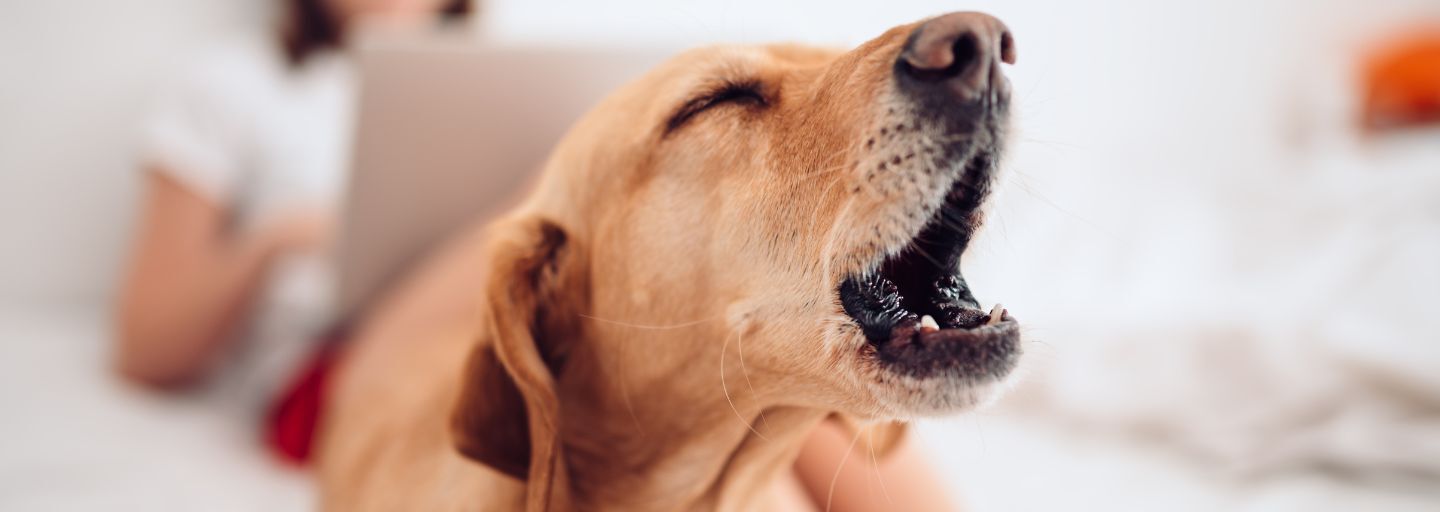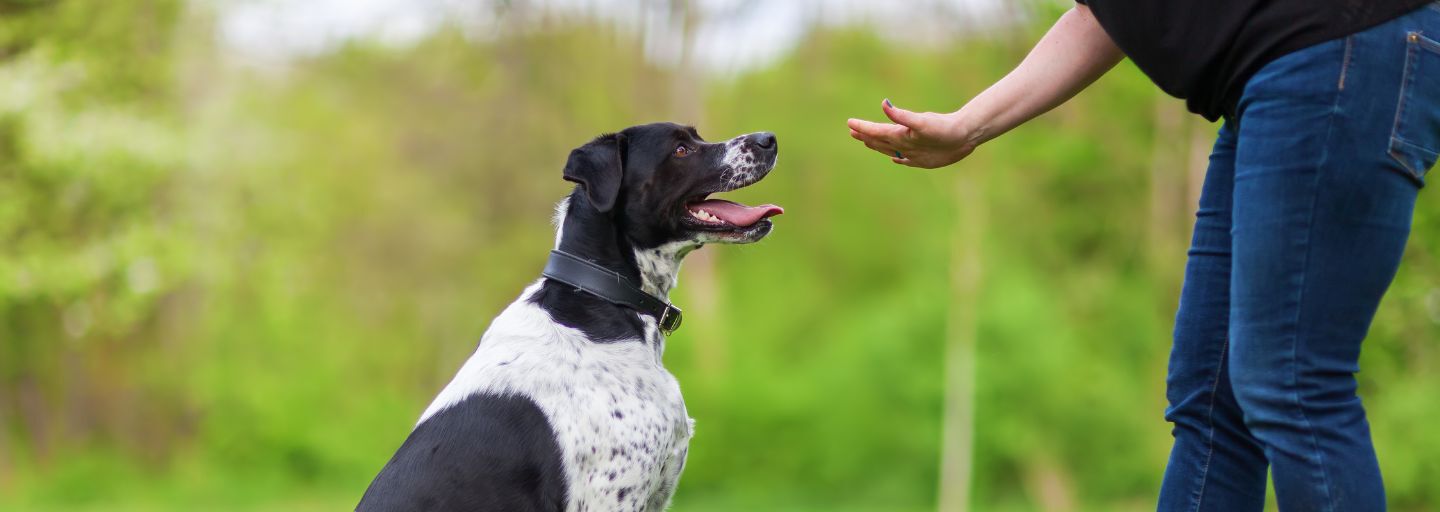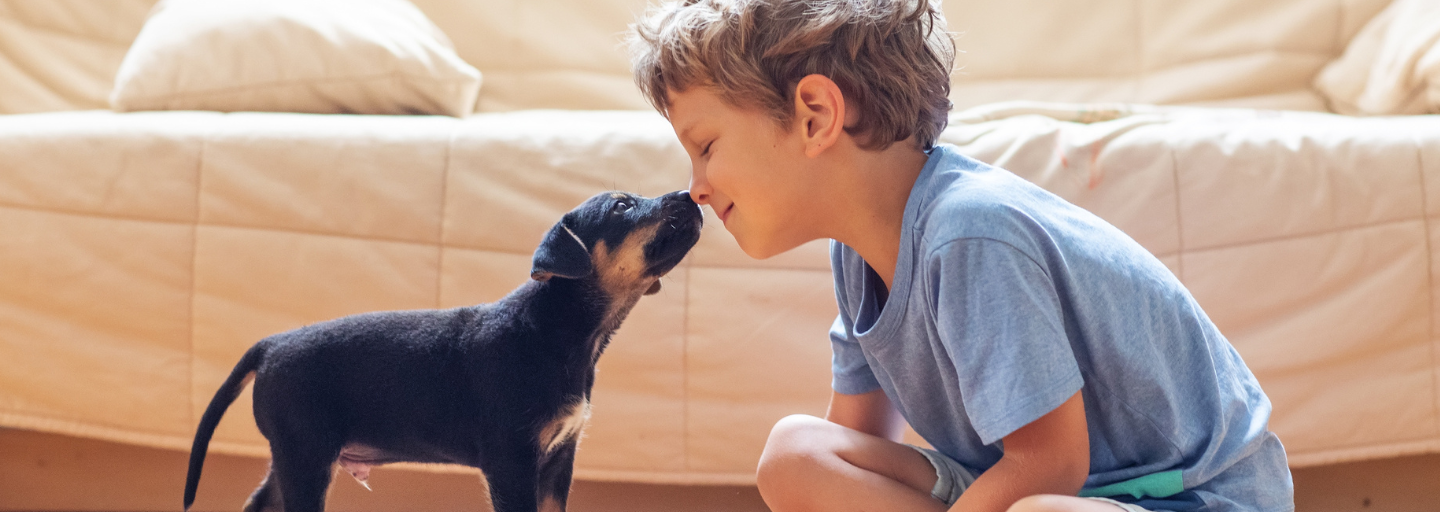Puppies chew, and chew, and chew. Most owners accept this behavioural aspect of puppyhood and learn to give their dogs appropriate items to chew. Otherwise, their shoes, clothing and even furniture bear the brunt of sharp, puppy teeth. Most owners expect their dog to grow out of this chewing phase but what happens when your adult dog continues to chew?
Pain and medically-related chewing
Dogs may chew for all sorts of reasons. Some of these may be medically-related. If your dog has a sore mouth or toothache, for example, chewing may relieve some of the pain. If your dog has begun chewing again, after a period of absence, then it is worth checking their teeth and gums.
Dogs may chew and ingest non-food items which can potentially create blockages. If you suspect your dog does this, then seek veterinary help.
Anxious chewing
Chewing may also be related to anxiety. Like us chewing on our fingernails, dogs may put something into their mouths to relieve any stress they feel.
Chewing is a common behaviour in those dogs that suffer from separation anxiety and fret when their owner leaves. They may pick random objects to sink their teeth into but often the objects chosen by the owner-attached dog are ones that smell of their beloved absent owner. Typically shoes or underwear are favoured. This may also be the reason your dog chews on their bed or bedding when alone overnight.
The solution for the anxiety-related chewer is to remove the anxiety by getting your dog used to being alone gradually and by leaving them with something to do, preferably something that occupies their mouth.
Food-seeking chewing
Dogs spend their lives looking for food. Even if your pampered pooch has the most delectable diet supplied by you, chances are they will continue to look for food at every opportunity. This is why dogs raid garbage bins, surf bench tops and sometimes even chew on non-edible items.
It's fun to chew
When you are a dog, using your mouth is fun. As a puppy, the mouth is used to explore new items and to carry objects around. Some dogs continue to enjoy this experience into adulthood. It is a small step between having an item in your mouth and ripping it apart. Chewing activity gives the jaws exercise, and it can be fun to rip the insides apart. Many dogs also enjoy using their mouths to play tug-of-war.
How to train a dog not to chew
Accept that dogs chew. They chew when they are puppies. They also chew when they are adults. It helps if we accept that chewing is a normal canine behaviour. If your dog is chewing items that are inappropriate, then you must provide more suitable items. Durable toys and food-releasing treat balls are great occupiers and allow dogs to chew to their mouth’s content. Retain your dog’s interest in their toys by removing them after a play period and by rotating toys around.
If your dog shows little interest in the items you want them to chew, then play with the toys yourself. Make them interesting by tossing them around. Smear a little canned dog food into or onto a treat ball.
Dogs often cannot distinguish between objects they are allowed to have fun with, such as their doggy toys, and those inappropriate human items that are readily available, lying on the floor. So, try to be as tidy as possible around your home. Remove access to any items you do not wish your dog to chew by using barriers such as doors, gates, and fences. Put your shoes away and do not leave children's toys within your dog's access.
Admire your dog's mouth's strength and dexterity. Canine chewing can be an annoying habit for dog owners, but with a little forethought, we can encourage an enjoyable and entertaining occupation for our dogs.







